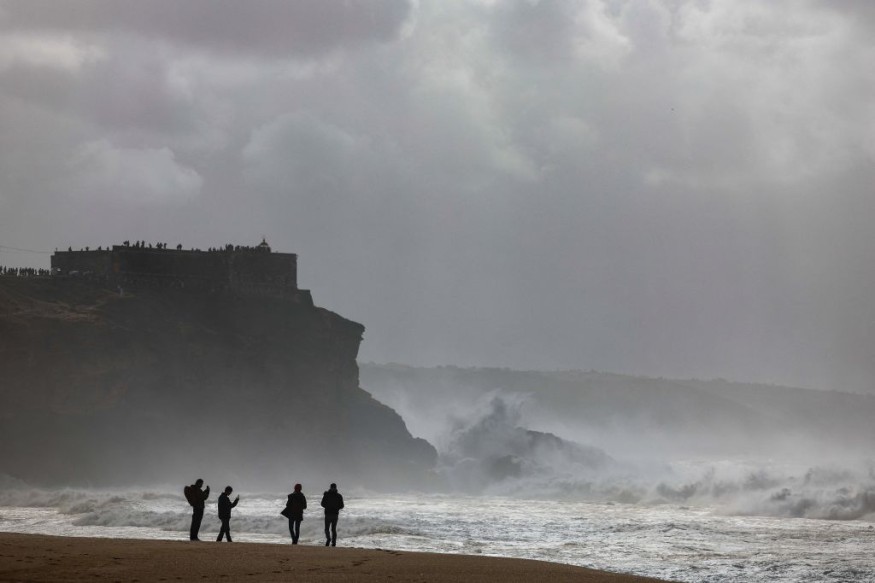As ocean waves rise and fall, they exert forces on the seafloor below, resulting in seismic waves.
These seismic waves are so intense and extensive that seismographs, which are used to monitor and analyze earthquakes, detect them as a constant.
In recent decades, that wave signal has become stronger, suggesting increased stormy seas and heavier ocean swell.

Wave Energy
In a new study published in the journal Nature Communications, researchers tracked the increase in wave energy around the world over the last four decades.
These worldwide statistics, together with other ocean, satellite, and regional seismic studies, demonstrate a decades-long rise in wave energy, which corresponds with increased storminess caused by rising global temperatures.
Global seismographic networks are well recognized for monitoring and investigating earthquakes, as well as providing scientists with photographs of the planet's deep interior.
These extremely sensitive pieces of equipment continuously record a wide range of natural and man-made seismic occurrences, including volcanic eruptions, nuclear and other explosions, meteor strikes, landslides, and glacier quakes.
The most globally ubiquitous seismic background signal, however, is the continual thrum caused by storm-driven ocean waves, known as global microseism.
Experts estimated and examined historical primary microseism intensity at 52 seismograph locations around the world with extensive histories of continuous recording in our study.
It shows that 41 (79%) of these stations saw quite significant and progressive energy increases over the decades.
According to the findings, global averaged ocean wave energy has increased at a median rate of 0.27% each year since the late twentieth century.
However, the global average annual growth rate has been 0.35% since 2000.
The most total microseism energy was discovered in the very turbulent Southern Ocean zones around the Antarctic Peninsula. Nevertheless, the findings reveal that North Atlantic waves have escalated the most rapidly in recent decades when compared to historical values.
This is consistent with recent research indicating that the strength of North Atlantic storms and coastal dangers is growing.
Storm Ciarán, which devastated Europe this November with huge seas and hurricane-force winds, was one example.
The decades-long microseism database also demonstrates the yearly shift of powerful winter storms between the Northern and Southern hemispheres.
It depicts the wave-dampening impacts of expanding and contracting Antarctic sea ice, as well as the multi-year highs and lows associated with El Niño and La Niña cycles and their long-term effects on ocean waves.
Coastal Warning
In recent decades, the seas have absorbed over 90% of the extra heat associated with increased greenhouse gas emissions from human activities. This extra energy might result in more damaging waves and stronger storms.
The study provides yet another cautionary note for coastal towns, where rising ocean wave heights can pound coasts, damaging infrastructure and eroding land.
The effects of increased wave energy are exacerbated by continued sea level rise caused by climate change and subsidence. They also underline the importance of climate change mitigation and resilience in coastal infrastructure and environmental protection initiatives.
© 2025 NatureWorldNews.com All rights reserved. Do not reproduce without permission.





